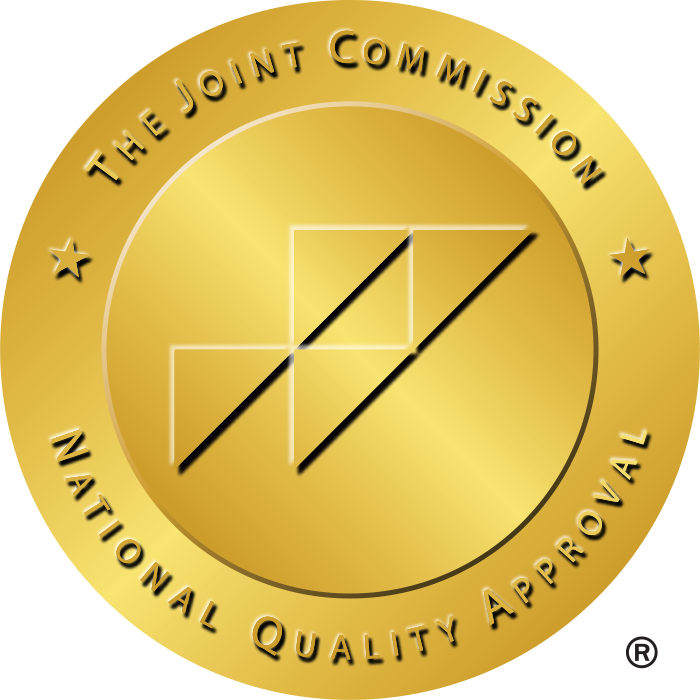Can You Work as a Traveling Pharmacist? A Guide to This Growing Career
The field of pharmacy is constantly changing and adapting, and many branches of it can be followed by practitioners for their entire careers. The travelling pharmacist job, where a pharmacist works in temporary pharmacy services in various healthcare settings across the nation is one of the most dynamic job opportunities in this field. This job not only provides competitive compensation to pharmacists but also offers them the chance to work in different practice areas. Due to this, their professional versatility is gaining more and more development, but are also under some criticism.
Still, pursuing a career as a traveling pharmacist has its own complexities. It is important for pharmacists to consider this option carefully, and to learn the requirements, benefits, and possible drawbacks of the position.
What Is a Traveling Pharmacist?
A traveling pharmacist, who is also known as a relief pharmacist, is a licensed professional who fills temporary vacancies that arise in different healthcare centers due to staff shortages, seasonal fluctuations, or extended leaves of absence. These assignments are usually offered by staffing agencies, and may also be direct contractual agreements between the healthcare institutions and the pharmacists.

Image Source: Freepik
Such a role acts as a fast lane for those pharmacists who would like to both add to the repertoire of their clinical knowledge and have a highly flexible work schedule. Traveling pharmacists can find employment in different settings, since they can easily settle in anywhere. Some of them are:
- Retail Pharmacies: They dispense drugs and give patient counseling in chain and independent pharmacies.
- Hospitals: They manage drug distribution and work closely with multidisciplinary health teams.
- Long-Term Care Facilities: They make sure of the safe administration of drugs to geriatric or chronically ill patients.
- Specialty Pharmacies: They specialize in niche areas like oncology, pediatrics, or compounding.
The demand for traveling pharmacists has seen a notable increase. According to the U.S. Bureau of Labor Statistics (BLS), the employment of pharmacists is expected to grow by 5% from 2023 to 2033. It is the same rate of average growth in all other occupations. This means approximately 14,200 employment opportunities over the year and 130,000 over the decade. Nonetheless, this shows a huge demand for professional pharmacists.
Pros of Working as a Traveling Pharmacist
While most enter the pharmacy profession looking for stability, the career of a traveling pharmacist provides other benefits that can add much to one’s career.
1. Greater Earning Potential
One of the major benefits of working as a traveling pharmacist is the possibility of greater earnings. With the urgent requirement for temporary staffing, traveling pharmacists tend to earn higher hourly rates than permanent pharmacists.

Image Source: Freepik
For example, statistics from ZipRecruiter show that the average annual income for a traveling pharmacist in the United States is around $126,000. Furthermore, the top earners are earning up to $155,500 per year. However, most jobs come with other perks like travel allowances, housing allowances, and completion bonuses, which make this career option financially lucrative.
2. Varying Work Experience
Also, working across different types of pharmacy settings like pharmacies and hospital pharmacies allows traveling pharmacists to develop a general skill set. It increases versatility and can hugely support professional advancement in the future, especially when becoming specialists.
3. Flexible Work Schedules
Unlike normal pharmacy positions with fixed schedules, traveling pharmacists have the choice of choosing assignments that fit their personal and professional commitments. It brings flexibility, which allows for a better work-life balance and allows longer intervals between contracts if desired.
4. Opportunities to Travel
Furthermore, for those who like to travel, this profession comes with the opportunity to continuously travel. Projects can take pharmacists all over the country, eventually taking them to new populations and healthcare routines. Numerous travel jobs come with travel stipends, which make relocation even more convenient.
5. Networking & Professional Development
Employment in different facilities allows visiting pharmacists to build a big professional network. Such connections can prove to be extremely useful in bringing forth new career prospects, gaining mentorship, and developing one’s career path.
6. Exposure to Innovative Practices
Every assignment offers a chance to see and interact with different pharmacy operations and procedures, and such exposure to diverse methodologies and technology increases the competency of a pharmacist. This makes them aware of the most recent advances and trends in pharmaceutical care. However, this might make it a bit hard for them to gain permanent employment due to their diverse experiences.
7. Chance to Specialize
Through varied experiences, pharmacists on the move can find and develop themselves in niches like emergency medicine, infectious disease, or pediatric pharmacy. This way, they can set themselves up for advanced specialist positions down the line.
Cons of Working as a Traveling Pharmacist
With many benefits, this career nonetheless does come with a few challenges. These are:
1. Lack of Job Stability
Based on the assignment’s temporary durations, there is a lot of uncertainty in future employment possibilities, but the total demand of pharmacists is consistently strong, prospective employees who set high values in long-term work stability might see this line of career as less reassuring.
2. Constant Traveling
The need to move constantly can be stressful, both physically and emotionally. Having a stable home becomes difficult, especially for people who have family responsibilities or other personal engagements.
3. Adjustment to Various Work Schedules
Also, every healthcare facility has its own set of procedures and policies. Traveling pharmacists need to adapt quickly to new surroundings, which can be a little challenging. This happens especially in high-stress environments like hospitals or emergency care units.
4. Licensing & Credentialing Challenges
Pharmacists need to be licensed in every state where they wish to practice. Although reciprocity arrangements are possible, the licensing process can be complex and lengthy. Continuing education requirements vary by state. This also needs diligent compliance to maintain active licensure.
5. Limited Benefits & Retirement Options
Most traveling pharmacist jobs are contractual. They also do not include benefits like health coverage, retirement plans, and paid leave. However, these workers might have to obtain independent insurance protection and create self-directed retirement saving plans.
How to Become a Traveling Pharmacist
To begin your career as a traveling pharmacist, follow these steps:
1. Obtain a PharmD. Degree
A Doctor of Pharmacy (PharmD.) degree from an accredited institution is mandatory.
2. Pass the Licensing Exams
Complete the North American Pharmacist Licensure Examination (NAPLEX). If required, also complete the Multistate Pharmacy Jurisprudence Examination (MPJE).
3. Gain Professional Experience
Most traveling pharmacist positions prefer candidates with at least 1-2 years of experience in retail or hospital pharmacy settings.
4. Obtain Licensure in Multiple States
Consider applying for licensure in states with a high demand for traveling pharmacists.
5. Partner with a Reputable Staffing Agency
Meet with specialized pharmacy staffing agencies that connect pharmacists with travel-based opportunities.
Final Thoughts
The career of a travel pharmacist is financially rewarding and enriching professionally. However, it is important to understand the advantages and disadvantages before joining. People who perform well under changing circumstances, appreciate flexibility, and are adaptable to ongoing learning will find this career path to be highly satisfactory.
If you are considering a career shift into traveling pharmacy, now is an opportune time to explore the possibilities and take the next step toward an exciting and lucrative profession.







